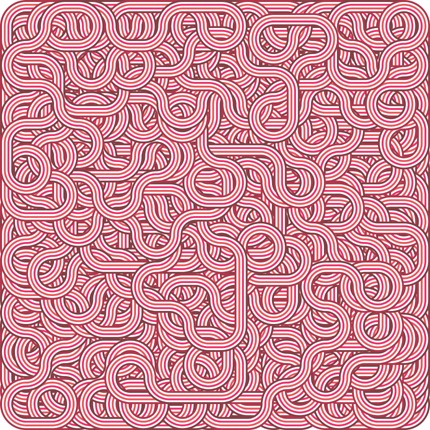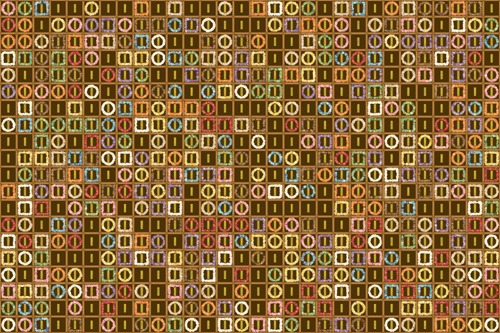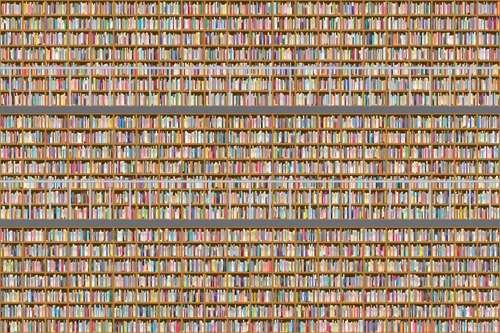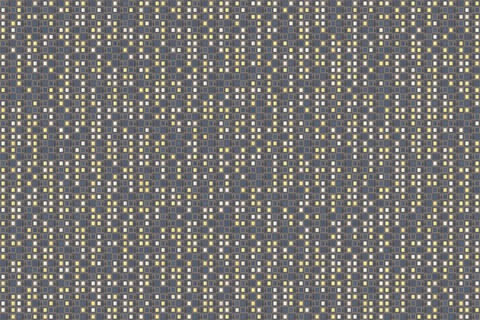
| Period| | 2020.02.27 - 2020.03.04 |
|---|---|
| Operating hours| | 10:00-18:00 |
| Space| | Morris Gallery |
| Address| | 576, Daedeok-daero, Yuseong-gu, Daejeon, Republic of Korea |
| Closed| | Korean Hoilday |
| Price| | Free |
| Phone| | 042-867-7009 |
| Web site| | 홈페이지 바로가기 |
| Artist| |
이경환
|
정보수정요청



|
|
Exhibition Information




Lee Kyung-hwan's Life-Freeze and Algorithms World Lee Jung-hee (photo critic) Lee Kyung-hwan’s individual title, <Freeze of Life>, comes from a series of Munch’s works. If the series of "Life Frees" is a grand panorama of our lives, with reasons for life and love and death, Lee Kyung-hwan’s "Life Freeze" is full of paradoxes and humor. The colorful, dynamic image and endless, unassailable, replica images stop before the gold-colored patterns and symbols when they reach the final chapter. But if you look closely, the paradox in the last image is very eerie and cynical. Lee Kyung-hwan's image is not specific. All descriptions are hidden in the image. Lee Kyung-hwan’s "Life Freeze" series depicts a series of processes through computer algorithms ranging from youth and adulthood to old age, born with parental DNA, having relationships with friends and studying hard to achieve social status. The last portrait of modern people running madly according to the massive conveyor belt rhythm of the capital remains a handful of ashes and is stopped in the compartment of the charnel house in the apartment structure. Through his final work title, "Hojub Jimong," he ends up with a sense of humor full of piths: "Isn’t our life a "A dream of futility?" The computer algorithms that he used to use in weapons simulation research as a young man are now produced as algorithms for exploration of humans and the world. Earlier in 1990, when computer scientist Ben Schneiderman discovered a beautiful pattern that fused data and art, 'All algorithms have art.' introduced algorithm aesthetics through exhibition, Edward Tufti was also a pioneer who visualized data, leading rich graphics to pure art works along with text, and David Norman Rodowick experimented with infinite variability using digital media's automatic techniques. Algorithms refer to a set of procedures and methods set up to solve problems in the fields of mathematics, computer science, and linguistics. A step-by-step procedure for performing calculations. Throughout every society in the age of artificial intelligence, computer algorithms are taking the lead in everything. Michael Noll, the author who explored the possibility of using computers to create art from scratch, created a new art from the grotesque symbols of "Bug," which were caused by computer errors. Impressionist painters in the past provided the beauty of everyday life itself captured by light, but modern art attempts to discover the truth behind our society. In the high-tech era, we are surrounded by vast amounts of data. A growing number of artists are looking for aesthetic elements amid data overload, and they are contributing to narrowing the gap between technology and aesthetic elements in innovative ways. Lee Kyung-hwan also uses algorithms to reveal some kind of rules that dominate reality. If the world we live in is a material world run by simulacr, it is an imaginary world that will eventually disappear for a very short time as a cosmic time, and years of human life. This Kyung-hwan simulates a world that works with man's "hubby desires and dreams." A dreamy world of fantasy like a dream of a father-in-law, a world of computer algorithms is all fiction. There is no substance. However, only data and numbers are exchanged to create a virtual image. He points to our endless desire for nothing through simulacres, like Borges standing in the ruins of a circle. No specific subjects exist in the work of this case. All he did for his work was write a program. It is not shooting, transforming, or directing objects. He is the creator of images through algorithms. It doesn't matter if this is a picture. As Abraham Mall says, "Artists are now not creators of work, but inventors of ideas for programs," as our reality virtualizes and simulates, art constantly attempts to change the art medium to play a role in identifying and bringing it up. For Lee Kyung-hwan, the text is as valid as the work image. Images created through the algorithm system are titled after the printing process. Text is a short word or phrase, but it is also a piece of writing. The text he presented draws audiences deeply into the work on a level far different from the duplicative performance of mechanical and physical images. The 23 Life Prizes series on display in the first room of the gallery have text attached to each title. It implies his philosophical reasons underlying one work. The text presents a directional key to a joyfully imagining audience along the playfulness of images. The text of Lee Kyung-hwan is routine and short except for some special titles. His text just makes us look at life's situation, the author said, "He is the one who looks at people and the world closely and writes down what he saw there. Just like Kafka, who declared that he was not offering the reader some great enlightenment and certain alternatives from a superior position, but a testimony to what he looked at the world in detail, he only testified to the world by attaching text to his image. But after looking at the image, the text-reading audience faces the universal truth of the human world and our society through the countless cloned images he created. What is the significance of this series of work? If you answer in kafka-like terms, "Everyone must constantly create the truth out of their own minds. Because truth is life itself. The truth that strikes with the body and flows out through the heart and head. The act of proving the truth in order to escape the darkness of an uncertain world. For Lee Kyung-hwan, it's a photographic process. Maybe he didn't realize what his work meant. But this "calling of unconsciousness" that brought him into the world of photography seems to be the calling of God that makes him aware of what he should do in this land.
